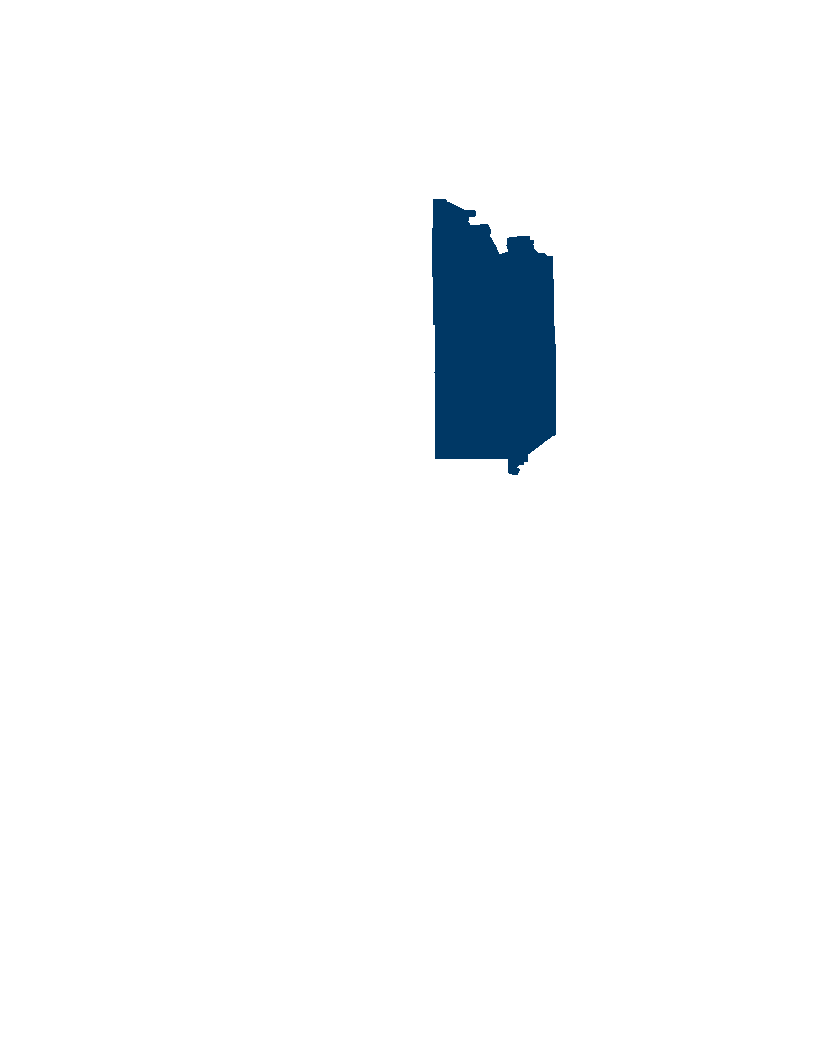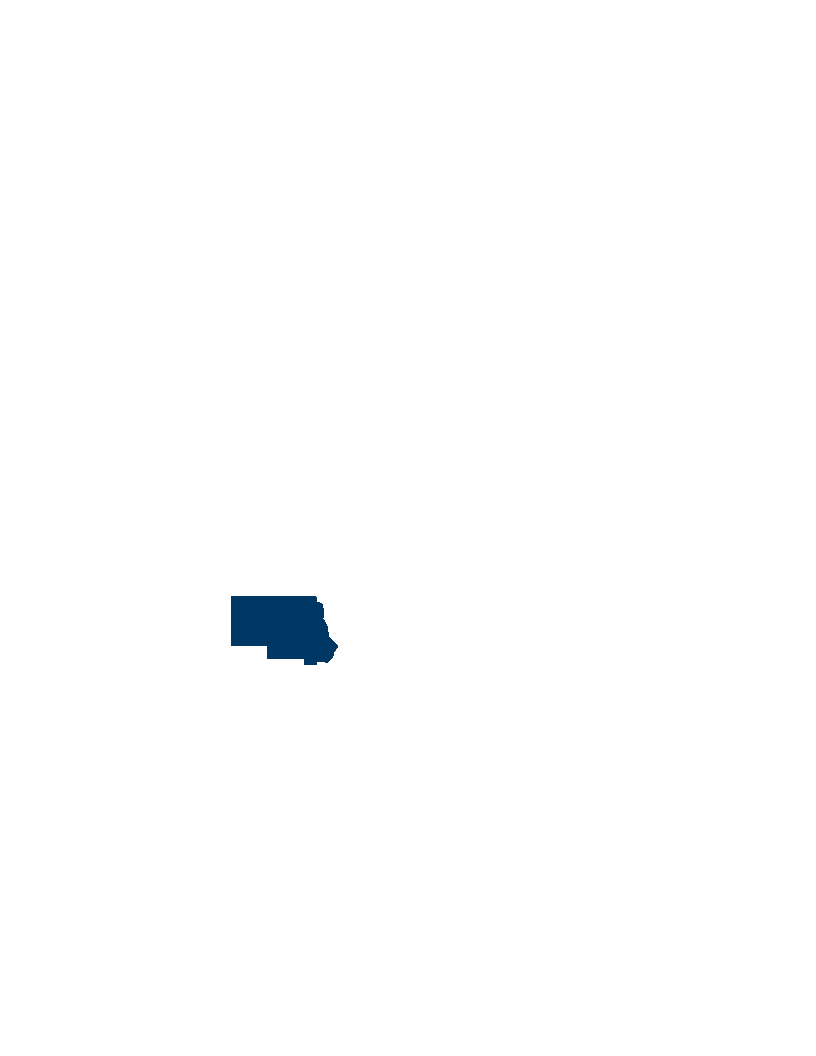Operating Support
ACHF Arts Access
Provide non-arts organizations with access to the arts in a manner that allows people to learn and create. COMPAS will partner with at least five different types of community organizations. In all COMPAS arts residencies, participants will create at least one piece of original art. At least 80% of COMPAS performances and workshops will engage participants interactively, present a cultural perspective, and deepen their understanding of an art form. COMPAS uses a variety of evaluation practices. COMPAS staff, customers, and teaching artists all participate in measuring the results of our arts programs. Evaluations are filled out by one or more teachers or administrators at a site and by artists; COMPAS staff makes site visits; and follow-up meetings among site staff, artists, and COMPAS staff are used to discuss items not covered in the standard evaluation. Evaluations track items such as how well: 1) the art form was taught; 2) the teaching artist engaged the participants; 3) customer-specific goals were met; 4) the artist communicated with the teacher/administrator, prepared them for upcoming activities, and passed on skills they can use after the program ended. Each long-term arts program includes a final presentation or performance that lets participants demonstrate their newly developed skills in a meaningful way and allows invited community members to see the results for themselves. 2: People of many ages, ethnicities, and abilities will participate in COMPAS programs. COMPAS will engage as many (or more) individuals and organizations in the arts as were served in fiscal year 2012. At least one-third of COMPAS' roster artists will be people of color. COMPAS programs will reach individuals and organizations in all eight Minnesota congressional districts. COMPAS tracks the number of participants and sites served through its programs. Since COMPAS is a state-wide organization, it is our goal to work in all eight congressional districts. This is achieved through building on our partnerships and developing new ones with schools and other community organizations. This year COMPAS looked for artists with cultural connections to immigrant populations and new art forms. Artists added included Kim Sueoka/Lau Hawaiian Collective (Hawaiian music); Victor Yepez (Ecuadorian muralist), John Akre (animation), Gita Ghei (East Indian, copper sculpture), and Sarah Nassif (screen printing). We also added artists of African American heritage and artists doing art forms already represented, such as fiction writing and photography.
COMPAS partnered with 93 different school sites, ranging from Tri-County Schools in Kittson County to the State Academy for the Blind in Faribault; libraries (Dakota County Library system); older adult centers and residential facilities (Lyngblomsten and Ebenezer); hospitals (Children's Hospitals of Minnesota in St Paul and Minneapolis); and recreation centers and social service agencies (Boys and Girls Clubs: East Side and West Side, Mount Airy). All the work we do - whether it be residencies, performances, or workshops - is focused on extracting originality and fine arts work. We offer every site the opportunity for a community event, and our artists use this venue to share the emerging work of students. We continue to emphasize interaction in all phases of our work. Providing the cultural context to understand a piece of art, and the historical niche in which it fits, is vital. 2: COMPAS worked with people of all ages, ethnicities and abilities during fiscal year 2013. Largely due to funding challenges faced by schools, we moved from serving 48,000+ students at 151 sites, to 32,000+ students at 130 sites. By contrast, our Arts In Health Care program increased by over 20% (from 2,994 participants to 3,834). Our roster is 42% artists of color. Aside from representing major United States ethnic groups, they also come from countries such as Ghana, Indonesia, Ecuador, and India (as well as Caucasian-majority countries like Sweden and Russia). COMPAS reaches individuals in all eight Minnesota congressional districts. Examples include: 1: Owatonna, Rochester (Bamber Valley); 2: Faribault (Minnesota State Academy for the Blind, Henderson (Hilltop); 3: St Louis Park (Aquila), Hopkins (Meadowbrook); 4: St Paul (Highland Park High), Roseville (Parkview Center); 5: Minneapolis (Anwatin Middle); 6: Clear Lake (Clearview), Woodbury (Bailey); 7: Roseau, Morris; 8: Duluth (Lowell), Aitkin (Rippleside).
Other
local or private
























